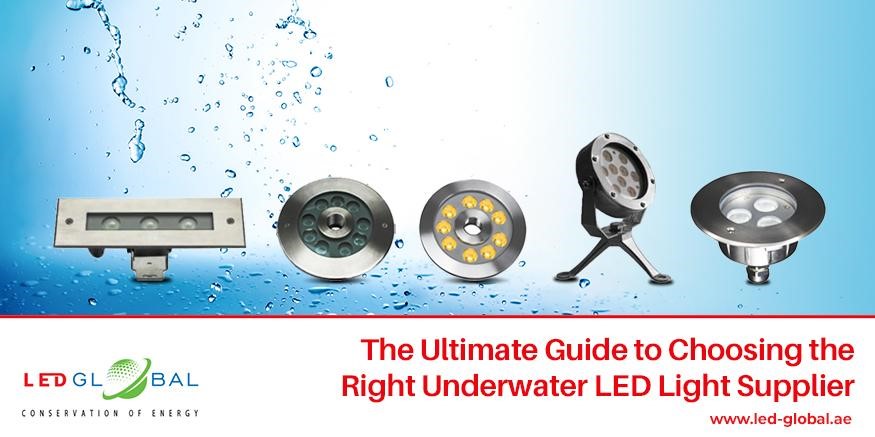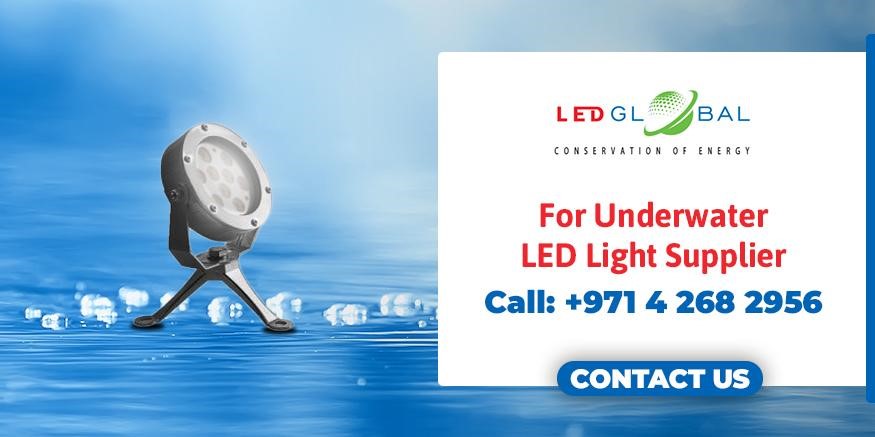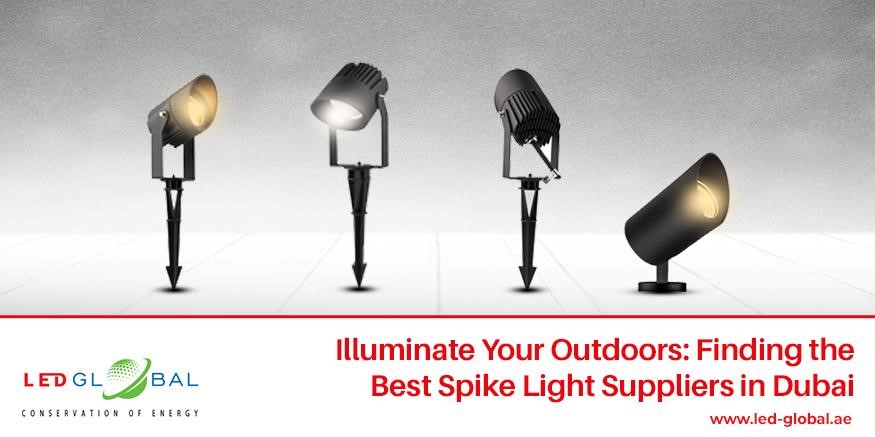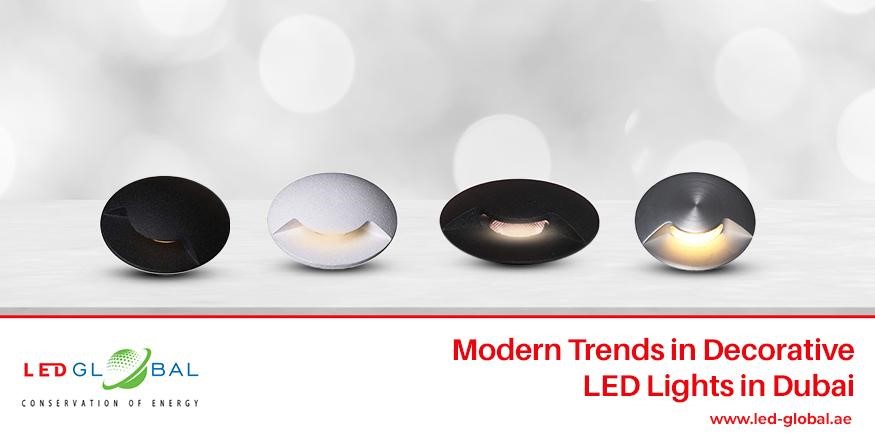
Underwater LED lighting has revolutionized the way we illuminate pools, fountains, aquariums, and marine environments. Whether you’re a homeowner looking to add aesthetic flair to your backyard pool or a professional contractor designing an underwater lighting system for a large project, partnering with the right underwater LED light supplier is essential. This guide explores the key factors to consider when selecting a supplier and why these lights have become indispensable in modern aquatic designs.
Why Underwater LED Lighting Matters
Underwater LED lighting has become an essential element in both residential and commercial aquatic projects. Its significance goes beyond mere illumination, playing a vital role in enhancing aesthetics, ensuring safety, and boosting energy efficiency. Here’s why underwater LED lighting is indispensable:
- Transforming Aesthetics Underwater LED lights create stunning visual effects that elevate the appeal of water features, pools, fountains, and aquariums. These lights offer vibrant colors, smooth transitions, and the ability to customize lighting schemes to suit any occasion or mood. Whether you’re aiming for a tranquil ambiance or a dramatic showcase, underwater LEDs make it possible.
- Enhancing Safety In aquatic environments, safety is paramount. Proper underwater lighting improves visibility, reducing the risk of accidents, especially at night or in murky waters. For pools and spas, well-lit surroundings ensure that swimmers can see steps, edges, or obstacles clearly.
- Energy Efficiency and Cost Savings LED lights consume significantly less energy than traditional lighting systems. Their high efficiency translates to lower electricity bills and a smaller carbon footprint, making them a sustainable choice for individuals and businesses.
- Versatility Across Applications Underwater LED lights are incredibly versatile, catering to various environments and needs. From small backyard ponds to large-scale marine installations, these lights are engineered to perform in diverse conditions.
- Durability and Resilience Underwater LED lights are designed to withstand harsh conditions, including water pressure, temperature fluctuations, and exposure to chemicals like chlorine and salt. Their robust construction ensures they perform reliably even in challenging environments.
- Eco-Friendliness With global emphasis on sustainability, underwater LED lights align with green initiatives by offering eco-friendly solutions. They consume less energy, reduce waste due to their long life, and contain no harmful substances like mercury.
Underwater LED lighting is a perfect blend of beauty, safety, and practicality. Whether you’re lighting up a pool for a relaxing evening, adding drama to a fountain, or ensuring safety in an industrial setting, LED technology is the key to achieving your goals.
By understanding the importance of these lights, you can make informed decisions when choosing the best supplier and products for your needs. To maximize the benefits of these advanced lighting solutions, it’s vital to work with a reliable underwater LED light supplier who understands your unique requirements.
Factors to Consider When Choosing an Underwater LED Light Supplier
Selecting the right supplier involves more than just comparing prices. Here are the most critical factors to evaluate:
1. Quality of Products
The longevity and performance of underwater LED lights depend on their quality. Look for suppliers who offer:
- Durable Materials: High-grade stainless steel, corrosion-resistant alloys, and tempered glass are essential for underwater applications.
- IP Ratings: Ensure lights have an Ingress Protection (IP) rating of at least IP68, indicating they are dust-tight and waterproof for submersion.
- Advanced Technology: Features like color-changing LEDs, remote controls, and app integration are signs of an innovative product line.
2. Product Range
A supplier with a broad product catalogue can meet diverse project needs. Whether you need small LED lights for a residential pool or industrial-grade fixtures for deep-water installations, variety is key. Look for options such as:
- Fixed white and multicolour LEDs.
- High-power lights for large-scale applications.
- Flexible designs for curved or unconventional installations.
3. Customization Options
Every project has unique specifications. Suppliers offering customization can provide tailored solutions, such as:
- Custom wattage or lumen output.
- Adjustable beam angles.
- Specialized mounting systems.
4. Energy Efficiency and Sustainability
LED lights are inherently energy-efficient, but not all suppliers emphasize eco-friendly practices. Choose a supplier committed to sustainability through:
- Energy-saving designs.
- RoHS and CE certifications ensure compliance with environmental standards.
- Recycling programs for old fixtures.
Benefits of Partnering with the Right Supplier
Collaborating with a reputable underwater LED light supplier ensures that your lighting projects are successful, efficient, and visually stunning. Here are the key advantages:
1. Access to Expertise
Established suppliers have years of experience and in-depth knowledge of underwater lighting. They can provide valuable guidance on:
- Choosing the right color temperature for your application.
- Calculating optimal placement for even illumination.
- Ensuring compliance with local safety regulations.
2. Reliable Support
From installation to troubleshooting, a dependable supplier offers robust customer support services. Look for features like:
- Detailed product manuals and online resources.
- Responsive technical support teams.
- Warranty policies that demonstrate confidence in their products.
3. Cost Savings
A high-quality supplier may seem more expensive upfront, but their products’ durability and efficiency reduce long-term costs. Energy savings, minimal maintenance, and fewer replacements contribute to better value over time.
Popular Applications of Underwater LED Lights
Understanding the applications of underwater LED lights can help you communicate your needs to your supplier more effectively. Below are some of the most common uses:
1. Swimming Pools and Spas
Lighting in pools and spas serves both functional and aesthetic purposes. Suppliers specializing in these installations often offer:
- Soft, warm lighting for relaxation.
- RGB color options for events or decorative effects.
- Easy-to-install fixtures that integrate seamlessly with pool designs.
2. Fountains and Water Features
Dynamic underwater lighting can transform fountains into captivating visual displays. Key features to look for include:
- Programmable color sequences.
- Synchronization with music or water movement.
- Weather-resistant fixtures for outdoor installations.
3. Aquariums and Marine Displays
In aquariums, lighting not only enhances aesthetics but also supports aquatic life. Choose a supplier who offers:
- Lights with specific spectrums for coral growth and marine habitats.
- UV-resistant coatings to prevent degradation.
- Adjustable settings to mimic natural lighting conditions.
4. Industrial and Commercial Applications
For industrial or commercial settings like marinas, ports, and underwater inspections, robust and high-powered lighting is crucial. Look for suppliers providing:
- High-intensity LEDs for deep-water visibility.
- Anti-corrosion coatings for saltwater applications.
- Long-lasting fixtures that minimize downtime and maintenance.
How to Identify a Trusted Underwater LED Light Supplier
Choosing the right underwater LED light supplier is a critical step in ensuring the success of your aquatic lighting project. A trusted supplier provides high-quality products, reliable support, and solutions tailored to your unique needs. Here’s how to identify the best partner for your project:
1. Assess Product Quality
The quality of the LED lights a supplier offers is paramount. High-grade materials, robust construction, and innovative features ensure durability and performance.
Key Considerations:
- Durability: Look for materials like stainless steel, aluminium alloys, and tempered glass that resist corrosion and withstand underwater conditions.
- Waterproofing Standards: Products should have an IP68 rating, ensuring they are waterproof and suitable for long-term submersion.
- Advanced Features: Modern suppliers offer features like color-changing LEDs, app-controlled settings, and customizable beam angles.
2. Evaluate Industry Experience
Experience speaks volumes about a supplier’s reliability and expertise. Suppliers with a proven track record are more likely to deliver dependable products and services.
Questions to Ask:
- How long have they been in the underwater LED lighting business?
- Do they specialize in specific applications like pools, fountains, or marine installations?
- Can they provide case studies or examples of successful projects?
3. Check Certifications and Standards
Certifications validate that the supplier meets industry standards for safety, performance, and environmental compliance.
Must-Have Certifications:
- ISO 9001: Quality management systems.
- RoHS Compliance: Ensures products are free from hazardous substances.
- CE Marking: Indicates compliance with European safety and health regulations.
4. Explore Product Range
A supplier with a broad product catalog can cater to diverse needs. Whether your project requires decorative lighting for a pool or industrial-grade fixtures for deep-water installations, variety is essential.
Look for:
- Single-color and RGB options.
- Customizable wattage and lumen outputs.
- Specialized designs for unique environments like saltwater or aquariums.
5. Assess Customization Capabilities
No two projects are the same, and a good supplier understands this. Customization ensures the lighting perfectly matches your requirements.
Examples of Customizable Features:
- Adjustable beam angles.
- Specific color temperatures or spectrums.
- Custom mounting brackets and finishes.
6. Read Reviews and Testimonials
Customer feedback is invaluable when evaluating a supplier’s reputation. Look for online reviews, testimonials, and ratings to gauge customer satisfaction.
Tips for Research:
- Focus on feedback about product quality, delivery times, and support services.
- Check for repeat customers, which indicate trust and satisfaction.
- Look for case studies or project highlights showcasing their work.
7. Examine Warranty and Support
Reliable suppliers back their products with robust warranties and comprehensive customer support.
What to Expect:
- Clear warranty terms covering defects or performance issues.
- Accessible technical support through phone, email, or chat.
- Resources like manuals, installation guides, and troubleshooting videos.
8. Inquire About Logistics and Delivery
Timely delivery is crucial for staying on schedule. Ensure the supplier has efficient logistics and global shipping capabilities.
Questions to Ask:
- What is the typical lead time for orders?
- Do they offer expedited shipping for urgent needs?
- Are their products well-packaged to avoid damage during transit?
9. Consider Pricing and Value
While cost is a factor, it shouldn’t be the only criterion. A trusted supplier offers fair pricing without compromising on quality or service.
Key Points:
- Compare prices with competitors to ensure they are reasonable.
- Look for suppliers offering bulk discounts for large projects.
- Evaluate long-term cost savings from energy-efficient and durable products.
10. Look for Strong Partnerships
Suppliers with established partnerships in the industry are often more reliable and better equipped to handle complex projects.
Indicators of a Strong Network:
- Collaborations with leading LED manufacturers.
- Partnerships with installers and aquatic designers.
- Positive relationships with other businesses in the sector.
11. Request Samples or Demos
Reputable suppliers are often willing to provide product samples or demonstrations to showcase the quality and functionality of their lights.
Benefits:
- Test the brightness, color, and durability before committing.
- Evaluate compatibility with your project’s design and technical requirements.
- Gain confidence in the supplier’s offerings.
Identifying a trusted underwater LED light supplier involves a thorough evaluation of their products, reputation, and services. By focusing on quality, certifications, customization options, and customer support, you can select a partner who ensures your lighting project is both beautiful and functional. A great supplier will not only meet your immediate needs but also provide the expertise and support to help you achieve long-term success.
Top Trends in Underwater LED Lighting
The underwater LED lighting industry is continually evolving. Keep an eye out for suppliers embracing the latest trends:
1. Smart Lighting
Modern suppliers are integrating smart technologies, offering features like:
- Remote operation through mobile apps.
- Integration with smart home systems.
- Sensors for automated adjustments based on water conditions.
2. Dynamic Color Effects
Innovative suppliers are pushing the boundaries of aesthetic lighting with:
- Gradient color transitions.
- Synchronization with audio or video for immersive experiences.
- Pre-programmed lighting shows.
3. Sustainable Solutions
Eco-conscious suppliers are leading the way with sustainable innovations, such as:
- Solar-powered underwater LEDs.
- Recyclable materials in fixtures.
- Low-impact manufacturing processes.
Illuminate your aquatic spaces with confidence—choose LED Global for premium underwater LED lighting solutions. Whether for pools, fountains, or marine projects, our expertise ensures durability, efficiency, and stunning visuals. Contact us today to bring brilliance beneath the surface!




